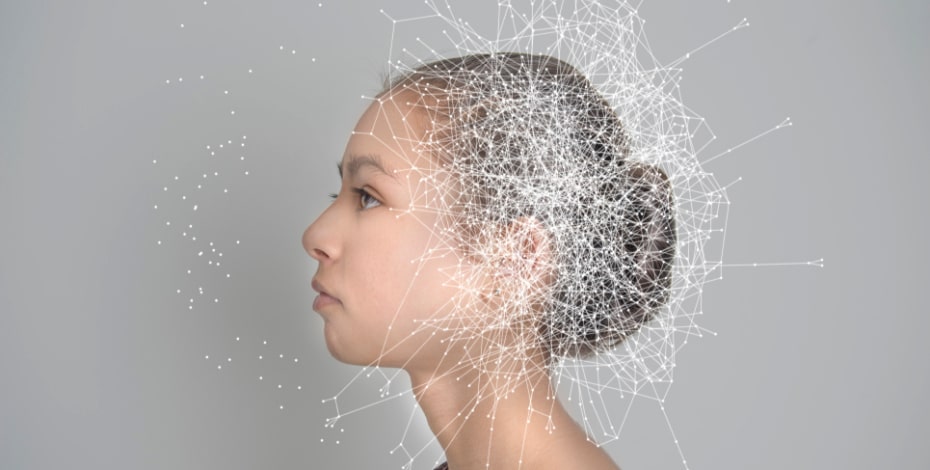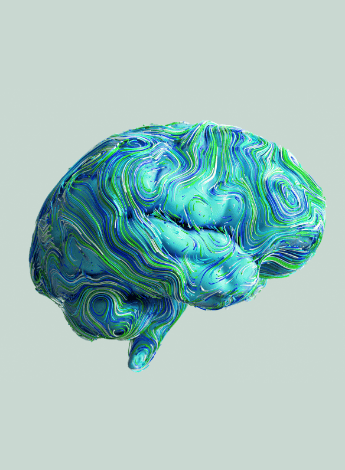
Machine learning explained

AI 101: APA Innovation Advisor Barry Nguyen gives a rundown of the most popular buzzword in health technology.
The term artificial intelligence (AI) was first introduced in 1956 during a conference at Dartmouth College in the United States. According to Merriam-Webster’s dictionary, artificial intelligence is the ‘capability of a machine to imitate human behaviour’. This definition describes the term in a literal sense; however, in healthcare, it is probably best to view AI as dynamic software algorithms that assist clinicians and patients to make the most accurate and well- informed decisions utilising very large data sets.
There are many key reasons for this trend. Computing power and data-related technologies and expertise have been significantly improving over the past decade, and becoming more accessible and affordable. Big technology companies are starting to invest more into AI and health-related upgrades. The costs of healthcare are rising at unsustainable rates worldwide, challenging traditional healthcare systems such as payment models, service delivery and national digital infrastructure.
There is an increasing push from the government (and other payers of healthcare services such as private health insurance companies) towards a value-based healthcare approach in both the private and public sectors. This is based on the concept of healthcare service providers being paid the amount relative to health outcomes they achieve for their patients. Value in this sense measures the level of outcomes achieved against the cost of the delivery of services. This completely differs from the ‘fee-for-service’ model where healthcare service providers are paid for the amount of services they deliver regardless of patient outcomes.
AI has been argued, by both global healthcare and technology experts, to have the potential to transform healthcare in many ways and solve many pressing problems with existing healthcare systems. These emerging solutions include billing and payment processing, symptom checking and triage, clinical administration, patient engagement, diagnosis, outcomes data collection, exercise prescription, precision medicine and population health, to name a few. It is important to understand that to improve the capabilities of AI large volumes of data are required.
There are also various key risks and challenges with applying AI in healthcare. A lot of work needs to be done on the ethics, accuracy, reliability and safety of AI solutions in healthcare. Data privacy and security are the primary concerns, and AI systems need to be designed transparently and in a collaboration with the healthcare industry, putting humans at the centre. Clinicians also need to be upskilled and well informed of the potential benefits of AI as well as potential risks and challenges these systems pose to their practice and society in general. The bigger the problem the AI solution solves, likely the bigger the risks and unintended consequences that may need to be managed.
AI 101
As healthcare professionals, it is important to understand the very basics of AI terminologies and concepts because there is an emerging and increasing rate of articles in academic research, public policy, business and press that relate to AI in healthcare.
Key points:
- AI at its most basic definition is any type of technology that attempts to mimic how humans think
- AI is not close to mimicking a human brain but it is improving as it learns and adapts to ongoing human data inputs
- AI is the umbrella term for evolving technologies, which start from machine learning, deep learning and neural networks.
To further clarify:
- (AI)—technologies that can sense, reason, act and adapt
- machine learning (ML)—software algorithms that automatically learn from experience and improve as they are exposed to more data over time, without being explicitly programmed to do so
- deep learning (DL)—a subset of machine learning that has networks capable of learning unsupervised from data that is unstructured or unlabelled
- neural networks (NN)—a series of software algorithms that attempts to recognise relationships between sets of data through a process that mimics how the human mind operates.
Email barry.nguyen@australian.physio with any comments or queries regarding this article.
Disclaimer: This material is intended for general information purposes only and does not constitute legal advice or meet the specific needs of your clinical context.
© Copyright 2025 by Australian Physiotherapy Association. All rights reserved.





